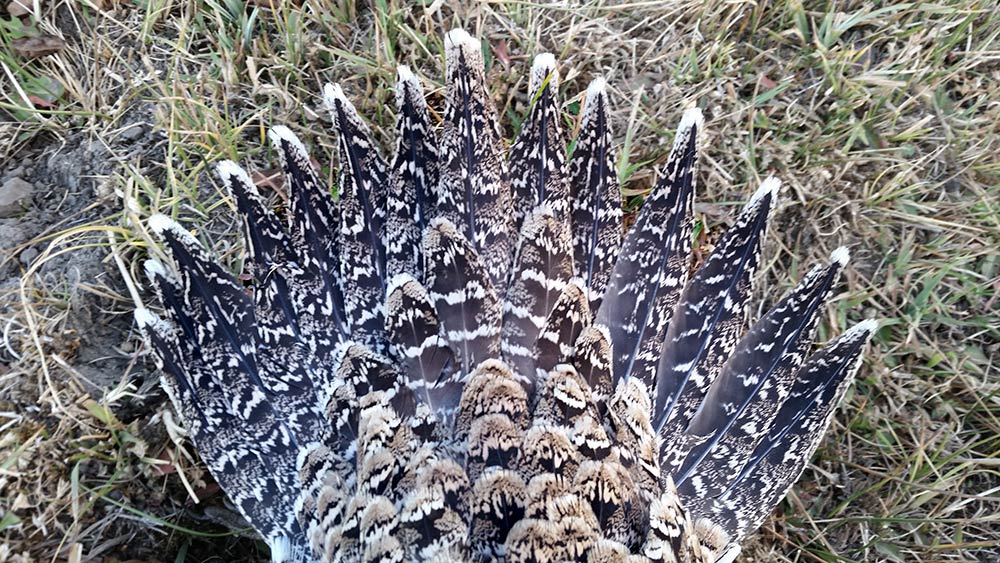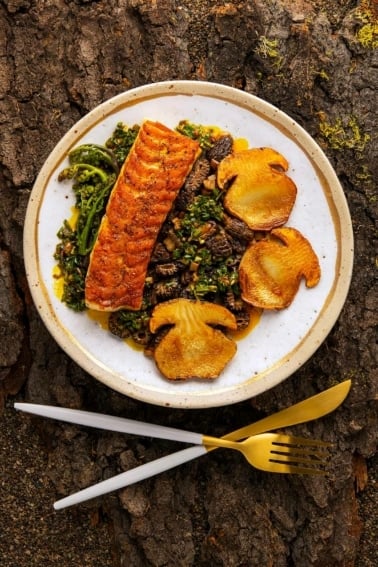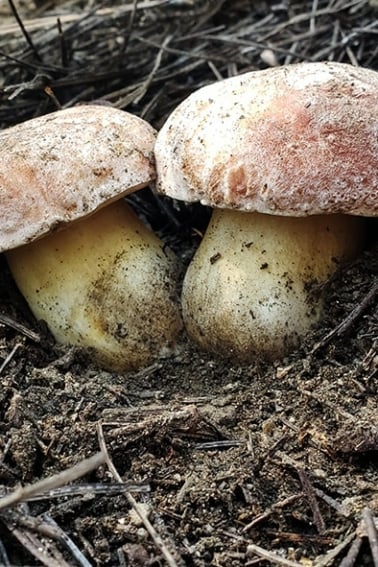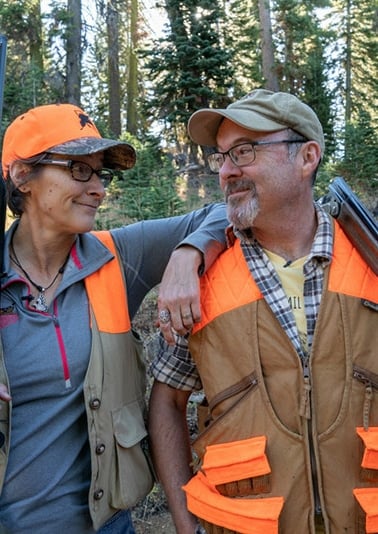As an Amazon Associate I earn from qualifying purchases.
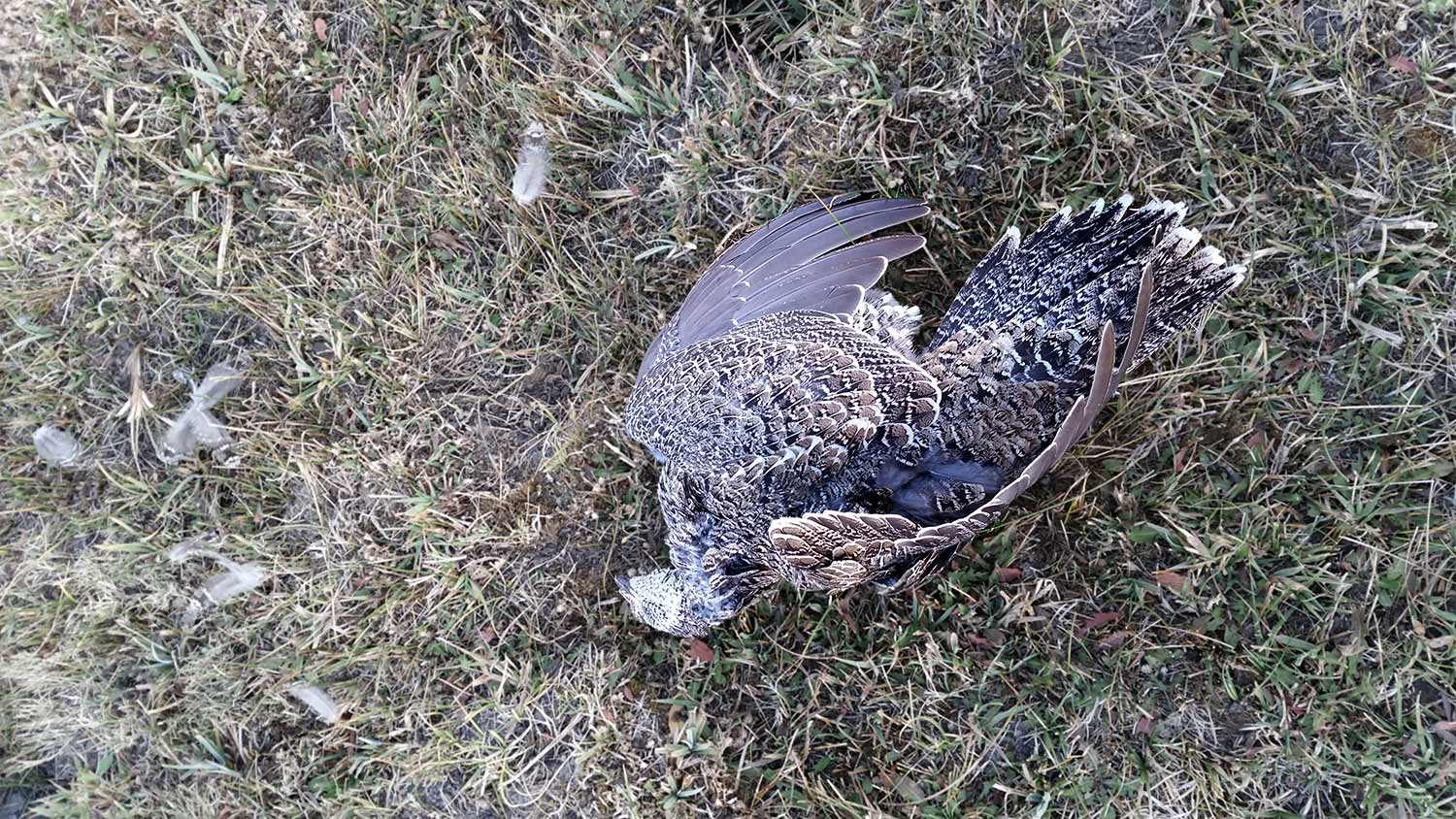
I shot a sage grouse a week ago, and I find myself turning this fact over and over in my head almost constantly in the days since then.
Sage grouse, you see, have been in the news a lot lately.
Fortunately, the most recent flush of stories have been guardedly positive about the fate of one of the American West’s most iconic birds. It seems that efforts to save the grouse by a coalition of environmentalists, government agencies, ranchers and oil and gas conglomerates have seen some gains.
But the sage grouse are not out of danger by any stretch of the imagination. Once millions of these gray ghosts roamed the sagebrush seas of the West, across 11 states from California to Colorado, down to New Mexico and up to Idaho, where I hunted them in the Owyhee River Wilderness last week. Now barely 400,000 birds remain.
Should the sage grouse be federally listed as a threatened or endangered species, all hunting would stop, of course.
But hunting is not the sage grouse’s problem. Bag limits on sage hens are extremely low – just one per day in Idaho, for example – and seasons are very, very short; in California, it lasts just two days. Our impact on the species is infinitesimal.
Habitat destruction is, as usual, the real enemy.
Overgrazing by cattle damages the sagebrush environment, but the grouse, more or less, have dealt with it. Worse has been the recent effect of increased oil and gas drilling, which breaks up their habitat into blocks seemingly large enough not to affect the birds. But whoever determined that was wrong.
The grouse have proven to be one of those species that cannot handle habitat fragmentation. They need vast, unbroken stretches of sage to thrive.
Oil and gas rigs are also noisy and disruptive, and have been shown to wreak havoc on these big birds.
All of this tempered my enthusiasm when I finally shot one.
Don’t get me wrong. I made a lovely passing shot with Tinkerbell, my little 20-gauge over-and-under Franchi, connecting on the first shots I’d fired since the end of duck season back in January.
I was stoked to shoot so well, happy to add another grouse to my list – it is a goal of mine to hunt (and eat) all the legal grouse in North America – and intrigued to cook this one, which was a smallish hen.
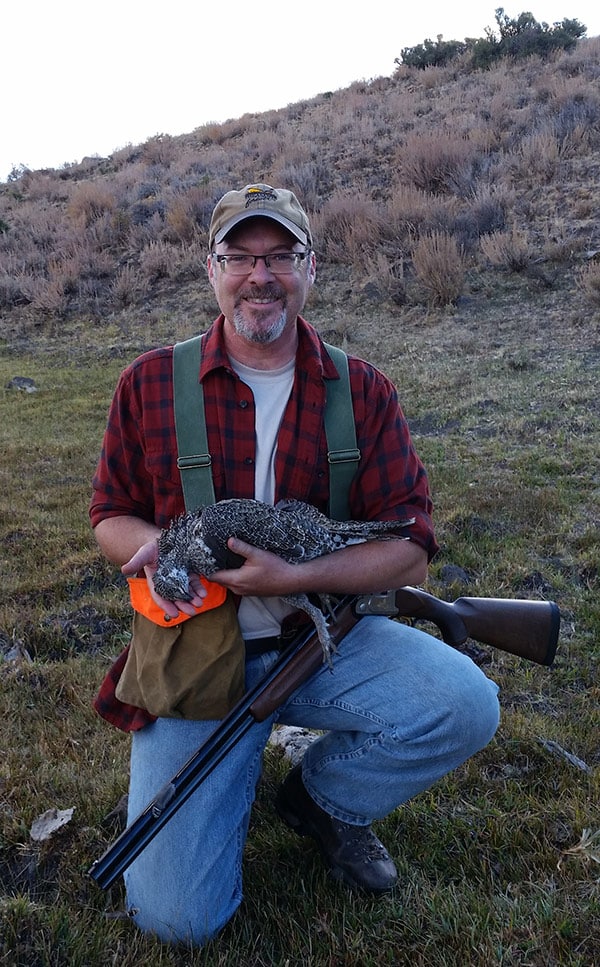
More on the cooking later. Suffice to say for now that sage grouse is unjustly maligned as table fare.
Yes, I am happy I got a sage hen, especially since the effort required almost 10 miles of walking the high desert above 5000 feet. But the next morning, before dawn, when we got up to chase them again, all three of us passed. My friend Randy went off to try to kill a deer with his recurve bow. His brother Chris slept in. And me?
Well, I’d done what I’d come to do. I’d come to sage grouse country, one of America’s many glorious landscapes, to live inside it, even for just a day or two. I’d seen several dozen sage grouse, and had shot one — a perfect one for the table, to boot. I found myself singularly uninterested in killing another.
At least for a while.
Grouse hold my heart closely within their claws.
If I were allowed to hunt only one animal for the rest of my life, it would be the grouse. Pushed to a single species, I’d waffle like a senator between choosing the various mountain grouse of the West – blues, sooties, sprucies – and the ruffed grouse that are the pulse of the Eastern forests.
Each grouse represents the unspoiled within its home terrain. North America has its grouse of the woods (ruffed), its grouse of the shortgrass prairie (sharp-tailed), the tall grass prairie (prairie chicken), the snowy north (ptarmigan), the conifer cathedrals of the Western mountains (blues), the trackless Boreal Forest (spruce) – even the tropical jungles on the Mexican border has its grouse-like bird, the mysterious chachalaca.
The sage grouse represents the vast American desert. They strut and chatter in the background of our great Western sagebrush sea, alongside the antelope, the mule deer, the coyote, the raven and the jackrabbit.
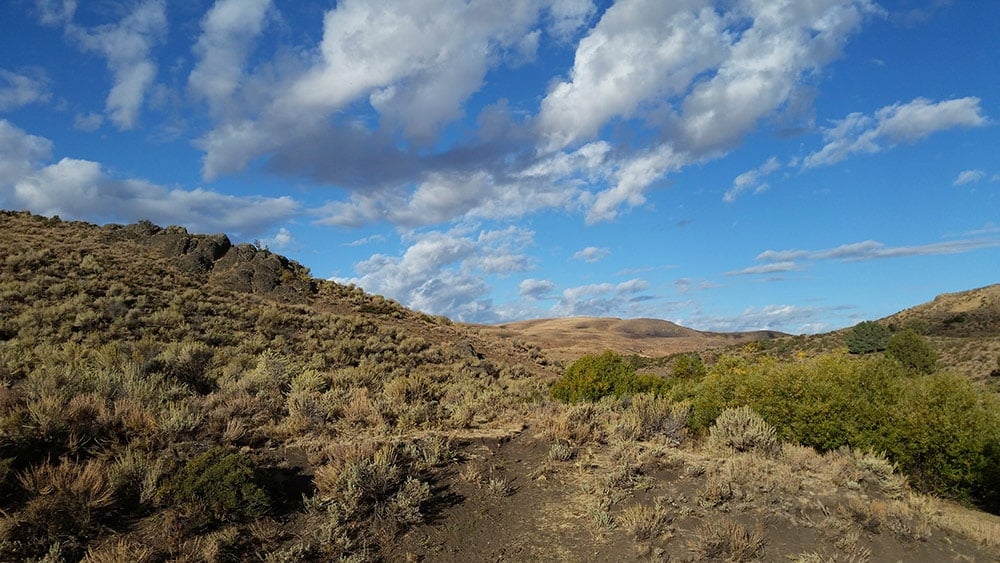
To lose them is to lose an icon. Allowing the sage grouse to go extinct would wound this land in the same way the loss of the heath hen wounded our Eastern meadows. Walking where there are no grouse is walking in a lesser, tainted place.
So as a hunter, as a being who removes even one grouse from the landscape, I feel the urge to do my bit, however small, to give back to that sagebrush sea.
As it happens, there is a group that exists solely to protect the grouse of America’s open places, the North American Grouse Partnership. If you hunt sage hens or sharpies, or ptarmigan or prairie chickens, I urge you to consider dropping the $35 to become a member. (The ruffed grouse have their own group, the Ruffed Grouse Society.)
Whatever you do, the most important thing is to cherish these hunts. A sage grouse hunt may be a calorie negative endeavor, but it is one to be savored every bit as much as a freezer-filling adventure chasing caribou or moose or elk.
And when you do sit down to that ceremonial meal of a lovely little sage hen, linger on its flavor: It is a taste of a very special corner of America.
NEXT: On Eating Sage Grouse
